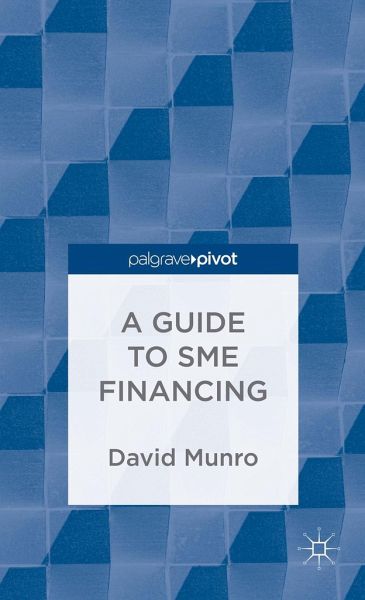
A Guide to SME Financing

PAYBACK Punkte
27 °P sammeln!
A Guide to SME Finance is a brief guide to designing and implementing a SME finance program within a commercial bank or other financial institution, such as an NGO.


Rechnungen
Bestellstatus
Retourenschein
Storno